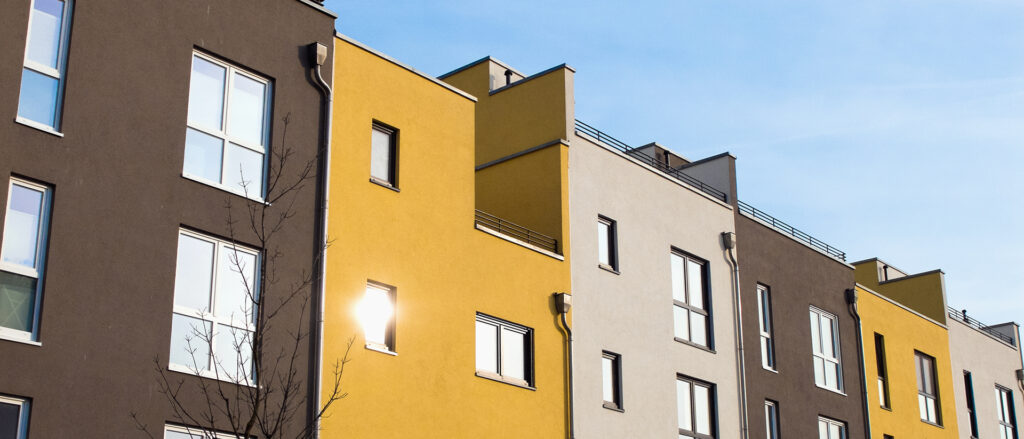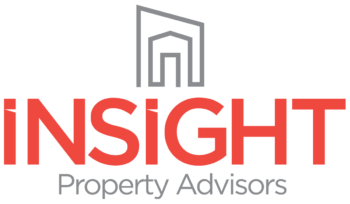Are you on the fence about multi-family real estate investing? Owning a residential property with several units is a great way to diversify your investment portfolio and provide a steady income. However, it does require a fair amount of capital and it’s not without risk.
Let’s take a closer look at the benefits and drawbacks of this investment strategy so you can decide if it’s right for you. In doing so, you’ll learn how to maximize your returns and avoid the common pitfalls of new investors.
What is a Multi-Family Property?
A multi-family property is a residential building with several rentable units. For example, an apartment complex or a duplex. This is in contrast to single-family properties, which only have one unit to rent.

Benefits of Multi-Family Investment
From less management complexity to greater returns, the benefits of multi-family investing are numerous. Here are six reasons why multi-family real estate investing is a great strategy for building wealth.
Reliable Cash Flow
One of the biggest benefits of a multi-family house investment is steady cash flow. When you have multiple units, the risk of a complete vacancy is low. While there will always be late payments and turnover, as long as you market your property and maintain the units, you’ll keep tenants and fill openings quickly. To increase the chances of a high occupancy rate, research the rental market in your chosen area to make sure there’s a demand before you buy.
Less Susceptible to Market Changes
Multi-family properties are more stable investments for two main reasons. First, the value of commercial real estate is based on its income-generating potential, not comparable sales like single-family homes. This protects your investment from the ups and downs of a more subjective valuation process. Second, people always need a place to live. In fact, a slow economy may drive more rentals as people need to sell their homes. In contrast, office or retail properties can quickly lose tenants during an economic slowdown.
Lower Per-Unit Acquisition Costs
On a per-unit basis, investing in multi-family homes is less expensive. First, you can expect lower mortgage rates. Surprised? The number of foreclosures on multi-family properties is lower compared to a single-family unit, so it’s less risky to lenders. Second, you have one loan versus several (if you purchased multiple single-family homes). That means consolidated closing costs. Between these two advantages, you can bring in more revenue over the long term.
Lower Per-Unit Operating Costs
As with most purchases, greater volume creates discounts. When you have 25 units with all the same fixtures, you can buy maintenance or renovation supplies in bulk. It’s also worth noting that certain improvements add value to all your units at once – like replacing the roof or installing a swimming pool.
Tax Advantages
If you use a mortgage to finance your purchase, you can deduct mortgage interest during that fiscal year, which tends to be higher in the first years of ownership. In addition, multi-family properties can be depreciated over a 27.5-year period, even if the property appreciates in value. You can use this depreciation to offset some of the rental income collected each year.
Easier to Manage
A multi-family home investment property seems like it would be more complex on the surface. But from financing to insurance to taxes, this type of property is actually less work than a portfolio of several single-family properties. For example, given the income that multi-family properties produce each month, you can take advantage of property management services without cutting too deeply into your profit margins. With the day-to-day operations handled, you can focus on more strategic decisions that maximize your return.
From less management complexity to greater returns, the benefits of multi-family investing are numerous.
Disadvantages of Multi-Family Property Investment
Now that we’ve covered the benefits of multi-family investing, let’s talk about a few of the drawbacks.
Higher Total Cost
Naturally, investing in multi-family homes is significantly more expensive than single-family homes. This is one of the largest barriers to entry for new investors. Plus, you’ll need more cash upfront. Commercial real estate loans usually require 25-30% down and 6-12 months of cash reserves.
More Regulation
Multi-family properties, especially large apartment complexes, must comply with city, state, and federal regulations related to the building itself and tenant rights. From rental licenses to zoning permits, be sure to do your research, so you can prepare for these requirements in your budget.
Increased Competition
There’s often intense competition for multi-family properties. Plus, you may find you’re up against experienced investors with deep pockets who can pay cash and waive purchase contingencies like the inspection. This can make their offers very appealing to sellers, even when they’re lower than yours. If you’re hitting this obstacle, you may want to consider a partnership, multifamily fund, or real estate investment trust.
Key Takeaway
Clearly, multi-family properties have significant benefits, both from a financial and operational standpoint. But there are obstacles to getting started, namely cost and competition.
If you’d like to start investing in multi-family homes, you need a partner with comprehensive knowledge of the commercial and multi-family property markets that can find the best opportunities in these thriving sectors. Contact Insight Property Advisors to learn more about how we can accelerate your path to real estate investor success.


 By submitting information, I am providing my express written consent to be contacted by representatives of this website through a live agent, artificial or prerecorded voice, and automated SMS text at my residential or cellular number, dialed manually or by autodialer, by email, and mail.
By submitting information, I am providing my express written consent to be contacted by representatives of this website through a live agent, artificial or prerecorded voice, and automated SMS text at my residential or cellular number, dialed manually or by autodialer, by email, and mail.
